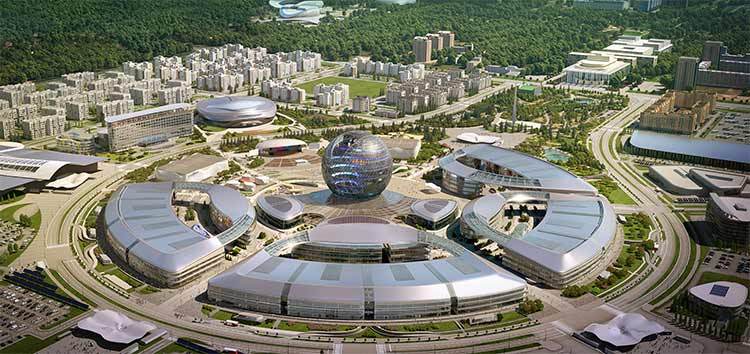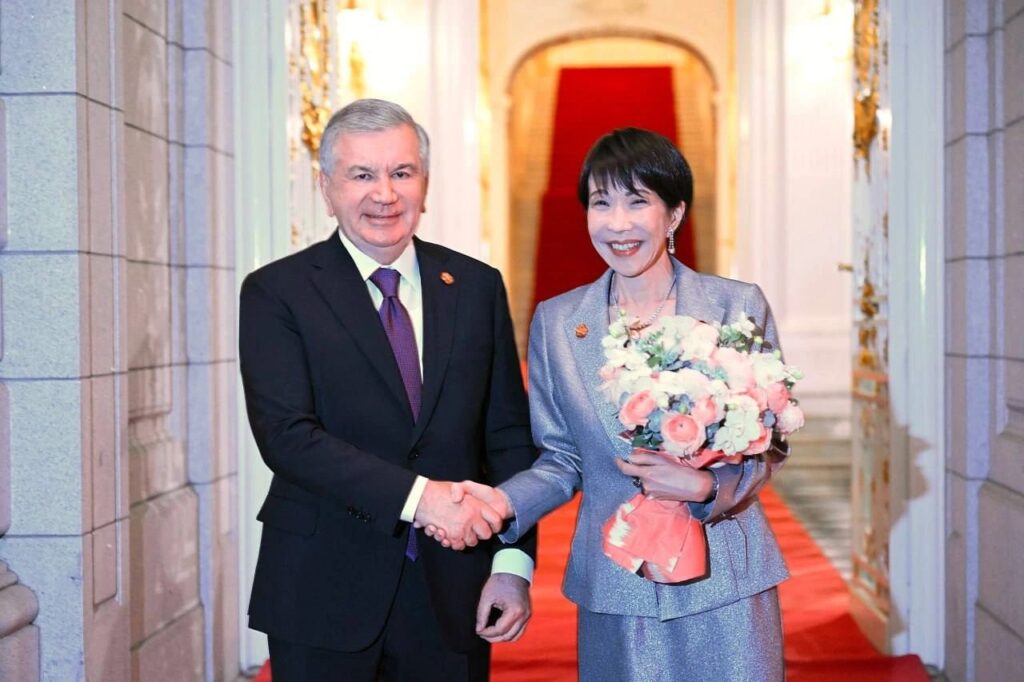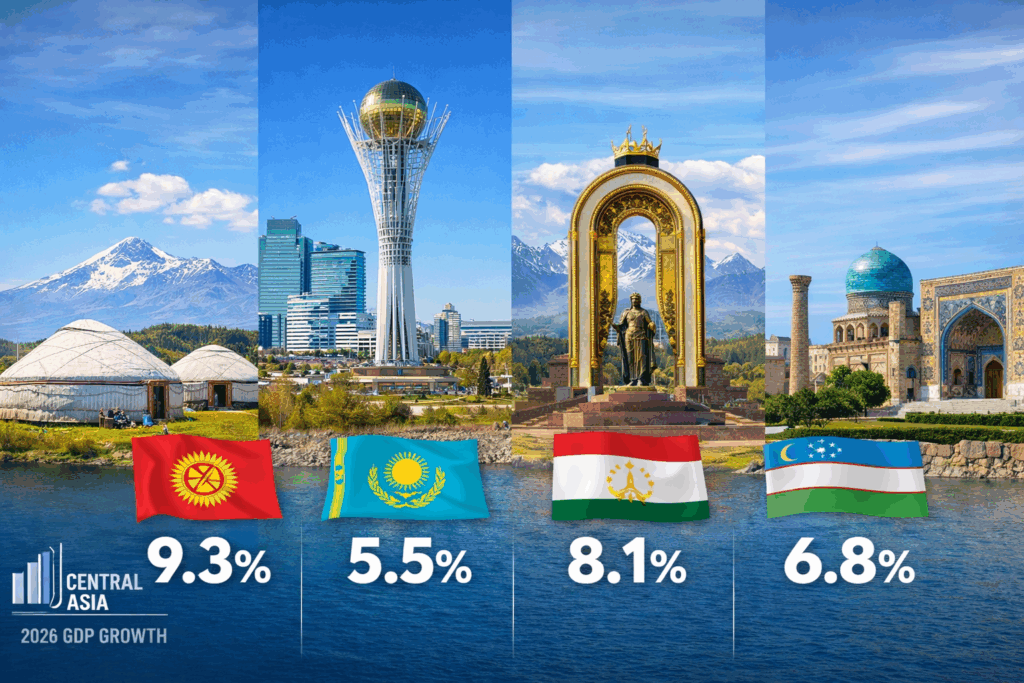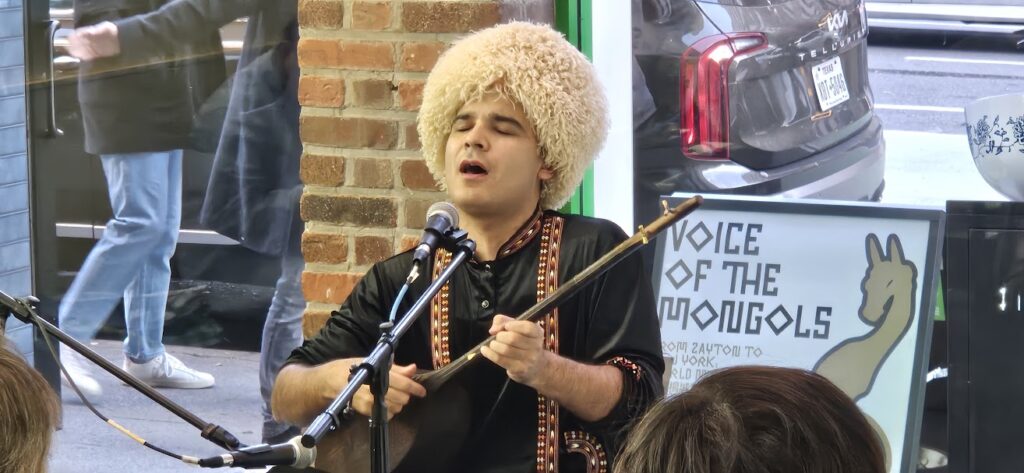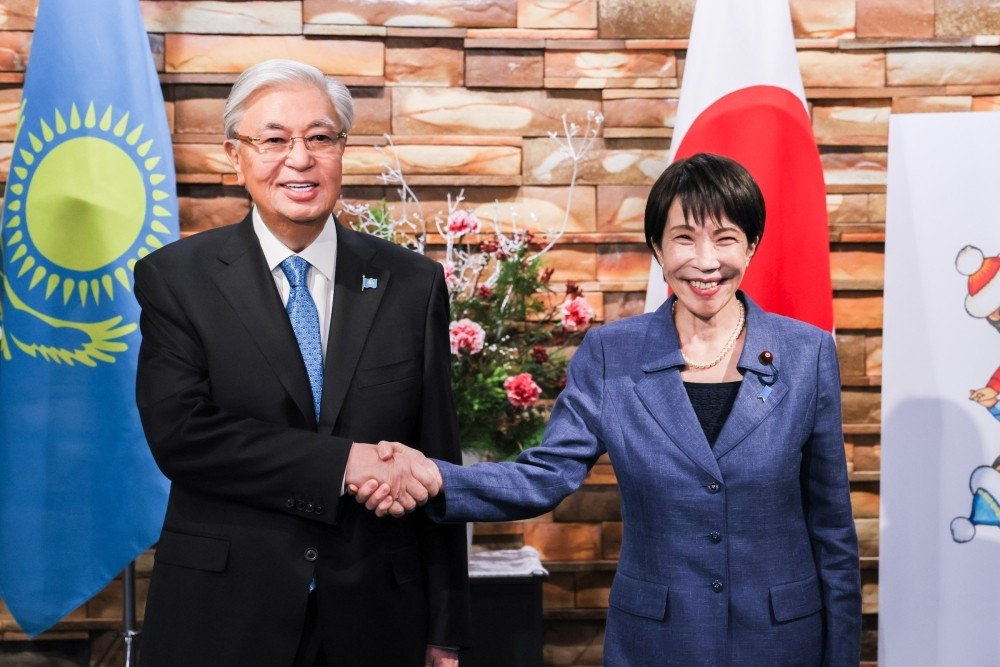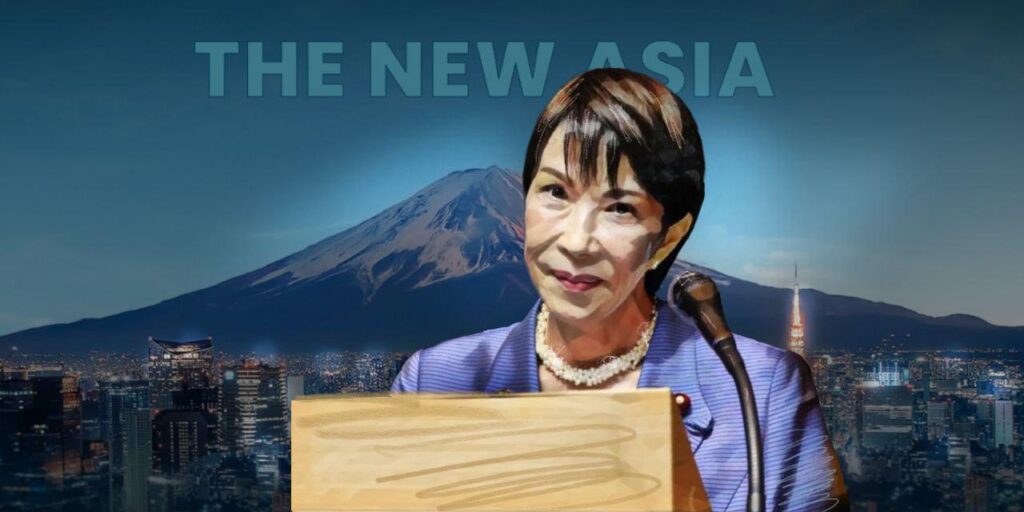ASTANA (TCA) — A giant globe flanked by a pair of hardly less modest looking humps on either side, surrounded by several blocks of square buildings on the desolate outskirts of Astana – itself not exactly an organic urban centre and in turn located in an endless barren environment. This is what is left of the complex hosting this year’s EXPO through summer. What to do with it next only exists on the minds of people in high places, and it remains unclear whether the structure can endure the region’s harsh winters when snow is man-high and temperatures are down to minus 20 during the day and minus 35 at night for half of the year.
The assignment of Astana to hold the EXPO dates from half a decade ago, when oil prices still topped a hundred greenbacks per barrel and the inflow of cash was lavish for Kazakhstan with its daily output of roughly 1.5 million barrels. Organisers of the event have claimed that the EXPO attracted up to four million visitors (probably meaning four million visits) but whether that has made it break even is doubtful. The state has allegedly poured some 3 billion in US dollar into the project according to a report published at the end of the exhibition in the New York Times, and income on ticket sales can hardly have been more than some 10 per cent of that amount.
‘A unified international platform’
The plan is now to make the site home to the Astana International Finance Centre (AIFC), a new City (after that of London), Wall Street or one of their equivalents elsewhere in the world, according to a fresh report published by the local English-language weekly Astana Times.
Another idea is to establish the home of the World Mining Congress (WMC) & Expo 2018 at the site. “WMC is a unified international platform where achievements will be presented and experiences shared, as well as discussing and adopting innovative technological solutions in the mining and metallurgical industry,” in the words of the weekly’s report.
A third scheme is to turn the EXPO site into a Silicon Valley à-la-kazakhstanaise, dubbed the “Future Energy International Centre for the transfer of green technologies and a Kazakh ‘Silicon Valley’ for IT companies and startups,” the report reads. The idea is to make Kazakhstan less dependent on commodity exports. Today, crude oil makes up for 60 per cent of the country’s external trade income, followed by metals and cereals. No end-products on any scale to speak of are being exported.
Investment keeps declining
All the dream schemes concerning the EXPO site will cost the state money – even though state officials maintain that “private investments” should be the core source of funding which indeed they should but never will – amounts of which are bound to dwarf the sums spent on the EXPO. And the signs on the wall do not look good. According to the most recent economic and industrial assessment by Kazakhstan’s largest bank Halyk Bank’s think tank Halyk Finance the share of capital investments into tangible industrial assets (construction, manufacturing etc.) in the total amount of investment keeps declining, as do investments as such within Kazakhstan’s GDP.
All this is felt instantly in the state household book. In the first seven months of this year, Kazakhstan’s state budget deficit has risen to 1.1 trillion tenge (one tenge is close to 0.3 US dollar cent according to current exchange rates) from just over 400 billion in the same period of 2015. The deficit this year is equal to the entire education budget. The shortfall’s level of the state budget as part of the GDP so far through the year has increased up to 5.3% from 2.4% on-year.
Non-performing loans
The bulk of the deficit increase is due to the so-manieth round of cash injections from state coffers to save the country’s ailing banking and finance sector from going under. This year alone, the state has poured another 2 trillion tenge into the bottomless pit, hit by non-performing loans of up to half the entire sector’s leverage. The result is that cash needed to combat poverty among the lower layers of the population and to save entire sections of the national economy from collapsing keeps dwindling.
One example is the shortage of equipment for farms in a country which is within the global top-10 of wheat exporters. According to the local agro-news agency Zerno, the country has only 30,000 tractors that work, next to another 120,000 obsolete ones in disrepair and a net shortage of another 80,000. The farming sector itself is heavily undercapitalised through a lack of corporate business in the sector, and individual farmers borrowing money from state-subsidised lenders will only result in more non-performing loans.
And the irony of it all is that in Soviet times Astana (then called Tselinograd) used to be the location of a huge tractor and agro-combine plant able to produce over half a million pieces each year. The plant has now been reduced to little more than a scrapyard. Yet, subsidised loans are only given for the purchase of tractors and other agro-equipment made in Kazakhstan which produces next to none of them.
Similar problems exist in housing, manufacturing and (to lesser extents) retail sectors. The overall warning sign on the wall is: spend taxpayers’ money on things needed to survive current bottlenecks, and do not even think about spending more and more on prestige and dream assets without tangible current cash value. Make sure that Kazakhstan’s acute needs in terms of both state and private “investment” are fully covered. If by change any cash is left after that (which it is to dwindling extents) think of anything else. In other words: only surplus funds are for frivolities, eating into one’s core capital is equal to national suicide.
